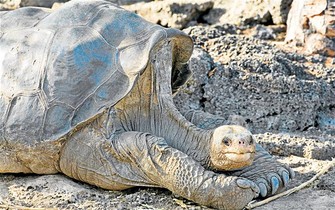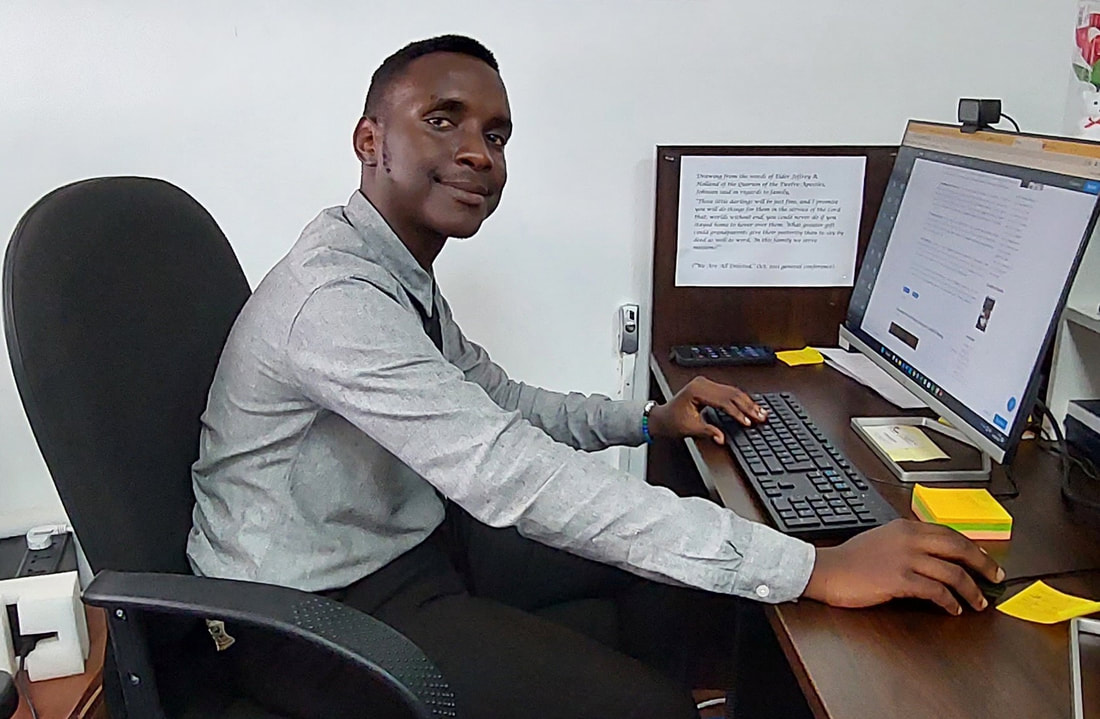
What does this have to do with YA literature and an ongoing project? Today’s blog post has more to do with children’s literature and cross-curriculum connections. A few years ago, Ian Binns, a science education professor who was here with me at LSU, but has since moved on to UNC Charlotte, and I began thinking about using scientific children’s literature to meet the curriculum demands for both English Language Arts and elementary science through a cross-curricular approach. In many instances elementary teachers with a strong base in literacy and children’s literature find many of the science tradebooks—well, boring and a bit pedantic. A good number of offerings don’t capture the imagination. We sought out resources that might capture the imagination of elementary teachers and get those reluctant elementary teachers to embrace science instruction more readily.
Fortunately, we both had the good fortune to work briefly with Dr. Jim Wandersee at LSU before his passing last January. Jim was a noted science educator and one of the founders of 15° Laboratory. Among other things, one of the major contributions of the 15° Laboratory is the annual announcement of the winner of their Giverny Award. Each year since 1998, the organization has given an award for a children’s science picture book that teaches at least one important scientific principle well. In addition, the artwork must be in harmony with the text and the book must be a story with plot and characters. For a full description of the award and the criteria follow this link. The Giverny Award winner in 2004 was Lonesome George the Giant Tortoise. Thus, the connection and the reminder came from the news article that I haven’t thought about the Giverny Award winners enough lately.
After our introduction to these fabulous books, Ian and I began discussing ways that his pre-service students in his elementary science methods class might use one of the Giverny Award winning books to teach more science. The current educational climate focuses on reading and math. In the era of standardized testing and the new Common Core, it seems that what gets tested is what gets taught. We wanted to help pre-service elementary teachers imagine creative ways to teach science while still addressing the demands of reading instruction. Too frequently, teaching science becomes a subject that is fit in the creases between the teaching of reading and math in order to chase test scores instead of learning. Ian and I both believe that often the best teaching is cross-curricular in nature. If in-class reading time incorporated Giverny Award text, then that time might also be used to introduce accurate science. As a result, some portion of the instructional time assigned to reading might also lead to dynamic, exploratory activities that reintroduce more science instruction into the classroom. Over the last four years Ian’s students continue to create units, using books from the complete list of Giverny award winners, that demonstrate how smoothly science and ELA instruction can be melded together to create engaging learning.
We have seen wonderful lessons that clearly focus on ELA standards while teaching science. For example, seed germination by using Sam Plants a Sunflower, erosion with A Log’s Life, sustainable land use with Common Ground, ecosystems using Redwoods, and, of course, endangered species and extinction with Lonesome George the Giant Tortoise.
These pre-service teachers do amazing things when they are given the opportunity to create and think beyond curriculum dictates. One of my favorites is a unit that uses Daniel and His Walking Stick. This unit inevitably allows elementary students to create real or paper walking sticks that they are then allowed to use on a field trip around the school yard to measure things and to keep records. What group of students wouldn’t want to spend a little more time walking around instead of sitting still hour after hour?
With the announcement that Lonesome George is now visiting the American Museum of Natural History, I am imagining how a teacher might develop a virtual field trip with photos from the museum and other sources. One quick google search found this video and links to others. I hope that many of Ian’s students, past and present, once again reimagine dynamic lessons and activities that utilize these wonderful Giverny Award winners in a cross-curriculum unit that can remind us that our subjects don’t exist in isolated compartments. If you know any elementary teachers or librarians I hope you will do your very best to share this list with them. If you are wondering what to send to nieces, nephews, and grandchildren, this is a nice list to start with. These books remind us that nature has a multitude of stories to tell.
Now that I am reminded that Lonesome George is gone, I am also reminded that Ian and I need to move our project beyond the analysis stage and finish the paper. Wish us luck.
Until next week,
Steven T. Bickmore

 RSS Feed
RSS Feed